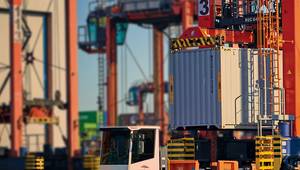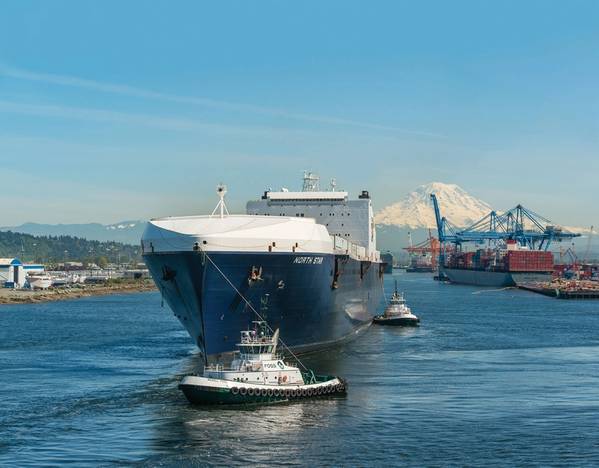
With a diverse maritime and logistics operation supporting more than 8,000 careers on land and at sea, Saltchuk has a robust workforce development initiative across its brands. Mark Tabbutt, Chairman, Saltchuk, discusses a pair of specific recent investments in Puerto Rico, as well as workforce development as a corporate imperative.Watch the full interview with Mark Tabbutt, Chairman, Saltchuk, on Maritime Reporter TV:Saltchuk is a driving force on the U…
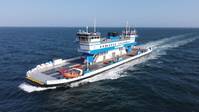
Siemens Energy has had its hands on a number of groundbreaking ship design and construction projects globally, projects that highlight the possibilities and the challenges inherent in being a technology pioneer. Ed Schwarz, Head of Marine Solutions Sales for Siemens Energy in the US and Canada…
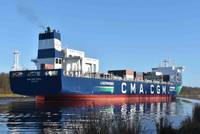
French shipping group CMA CGM will reorganise its global fleet to avoid U.S. port fees on Chinese-built vessels that are due to take effect from October, the company's finance director said.The port charges are another operational headache for shipping firms wrestling with the fallout from U…
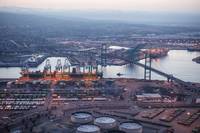
The Los Angeles port is expecting a 35% drop in cargo from Asia next week, Gene Seroka, the port's executive director, said in a CNBC interview on Tuesday.'It's a precipitous drop in volume with a number of major American retailers stopping all shipments from China based on the tariffs…

Shipping giant CMA CGM and tech startup Mistral AI expect rapid productivity gains from a 100 million euro ($110 million) partnership unveiled on Sunday, which the French firms also touted as a commitment to their home country amid the global trade tensions…
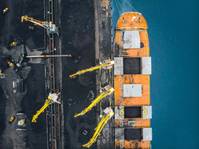
President Donald Trump's plan to revive U.S. shipbuilding using massive fees on China-linked ship visits to American ports is causing U.S. coal inventories to swell and stoking uncertainty in the embattled agriculture market, as exporters struggle to find ships to send goods abroad…
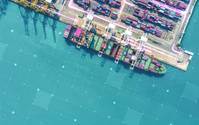
Maritime ports—the lifelines of global trade—are facing unprecedented challenges as stakeholders across entire supply chains react to sudden policy changes shaping the global economy. The advent of mega-container ships, evolving customs regulations and the demand for transparent…
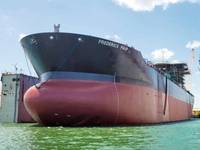
Manson Construction has long been a pillar of the U.S. maritime industry, rooted in a tradition of U.S.-built, U.S.-owned, and U.S.-operated vessels. The company was founded in 1905 by Peter Manson, when he dug up a jar of gold coins [because he didn’t trust the banks] and purchased a winch…
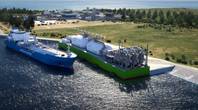
Norwegian shipping firm Hoegh Evi expects to take a final investment decision (FID) this year on an ammonia-derived hydrogen project to deliver clean fuel into dedicated German grids, chief executive Erik Nyheim said.The company operates three…

Some U.S. lawmakers and officials are touting a nearly half-century-old treaty between the United States and Panama to justify the Trump administration's threat to reclaim the Panama Canal - provided it can show the strategic waterway's operation is under threat…
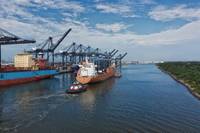
Port Houston achieved a historic milestone in 2024, handling a record-breaking 53.07 million tons of cargo, a 6% increase over 2023 at its public terminals. Container volume also surged by 8%, reinforcing the port's critical role in facilitating trade and driving economic growth for Houston…
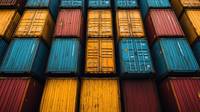
GAO-25-106953, published today, says, 'Additional Efforts Needed to Assess the Effectiveness of DHS's Approach.'Fast FactsThe U.S. economy depends on the efficient flow of millions of tons of cargo each day throughout the global supply chain…

R.M. Young Company will host a special book signing event with Cyrena Arnold — Meteorologist, Storm Chaser, and Author — at booth 517 during the American Meteorological Society (AMS) Annual Meeting, January 13–14, 2025.Arnold’s professional…
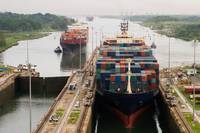
Egypt is expected to receive a $1.2 billion disbursement from the International Monetary Fund this month as part of an $8 billion program with the international lender, Finance Minister Ahmed Kouchouk said on Sunday.Last month, the IMF said…

The latest Camorra research commissioned by SPCA shows there is ‘very low’ public trust in New Zealand’s live export industry.SPCA Chief Scientific Officer, Dr Arnja Dale, says: “Sending live animals on boats into volatile conditions to destinations…
